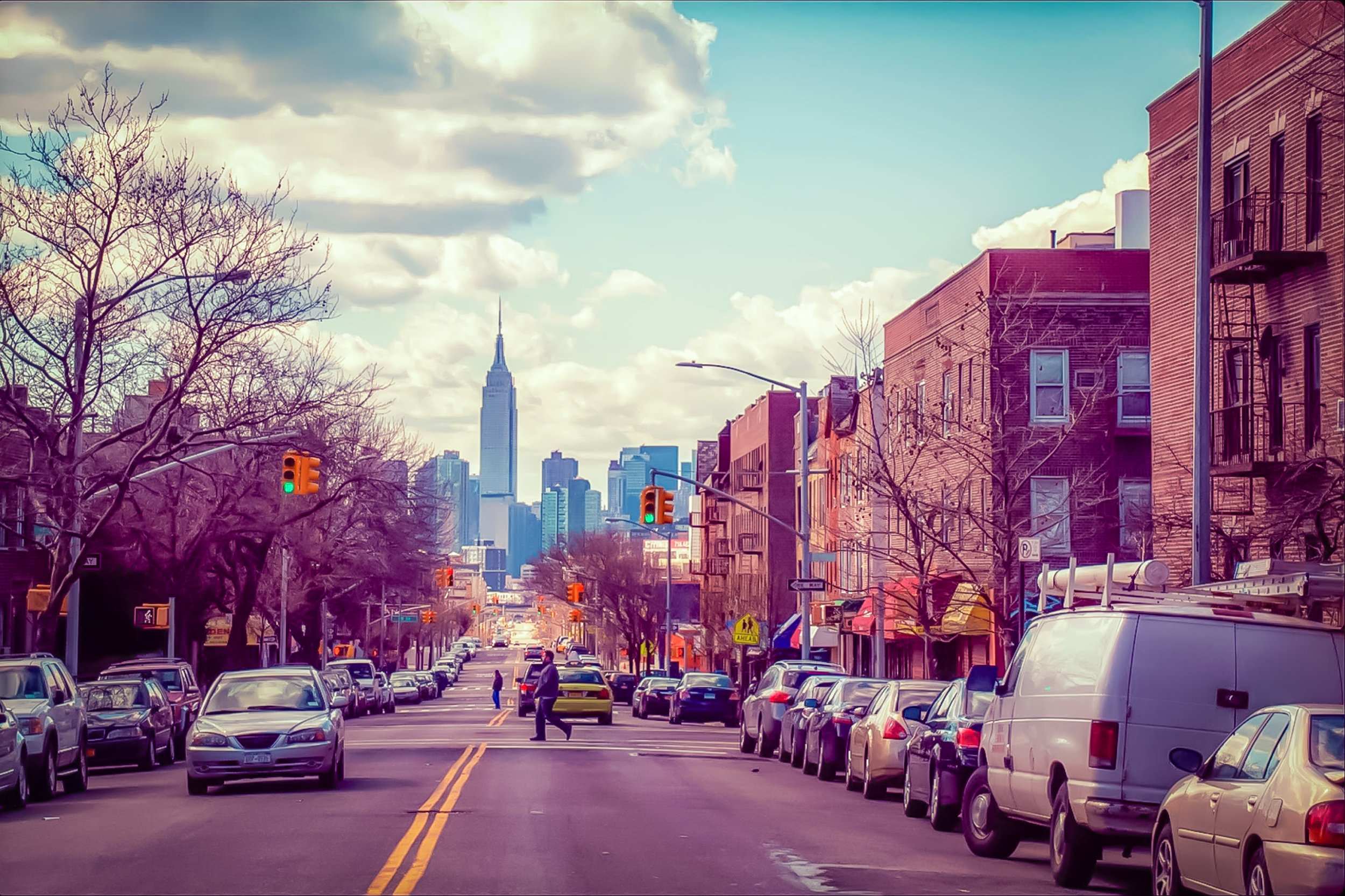Tour of New York Back in the 1990s
By Lucas Compan
In the 1990s, we could see the remains of a golden era, of a certain idea of New York. A mythical time, where one could stumble into Basquiat, Patti Smith or Debbie Harry at the deli on the corner. A period where everything seemed possible, cheap, simple, and wild. These are the words of Gregoire Alessandrini, a French film student, and writer that arrived in New York City in the early 1990s. He was supposed to spend one year in New York. However, he fell in love with the city. He would spend eight "amazing" years in New York, working as a correspondent for different French magazines. In this visual story, you can see some of his pictures, as well as other gems we have found digging an awesome material to put this great story together.
Photo: Gregoire Alessandrini
During those eight years, Gregoire Alessandrini was able to witness a unique atmosphere, which he share now with us: "The city had obviously tremendously changed since the 70’s and 80’s but you just had to walk around the corner, enter any downtown dive bar to find the signs and remains of this legendary NY. Just like if the city was waking up with a bad hangover from all the past parties and eccentricity. You could just point your camera and here you went… old Keith Haring murals, empty lots, graffiti and RIP murals, crazy people and wild parties, cinematic atmospheres in the desolate Meatpacking District, 42nd Street sleaze still alive, old signs and store fronts, ‘old’ New York atmosphere in general."
(Photo credit: Gregoire Alessandrini)














